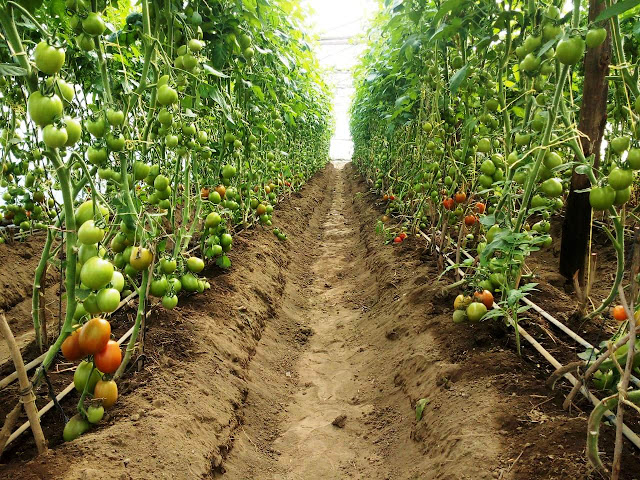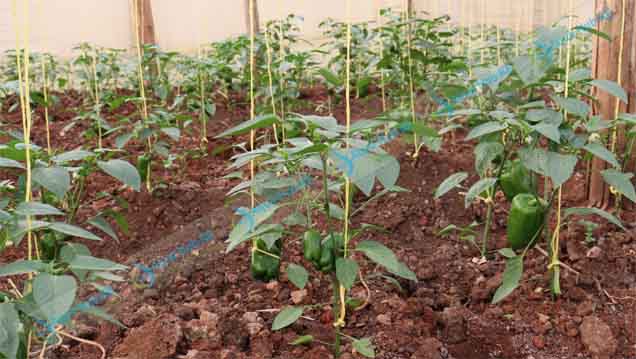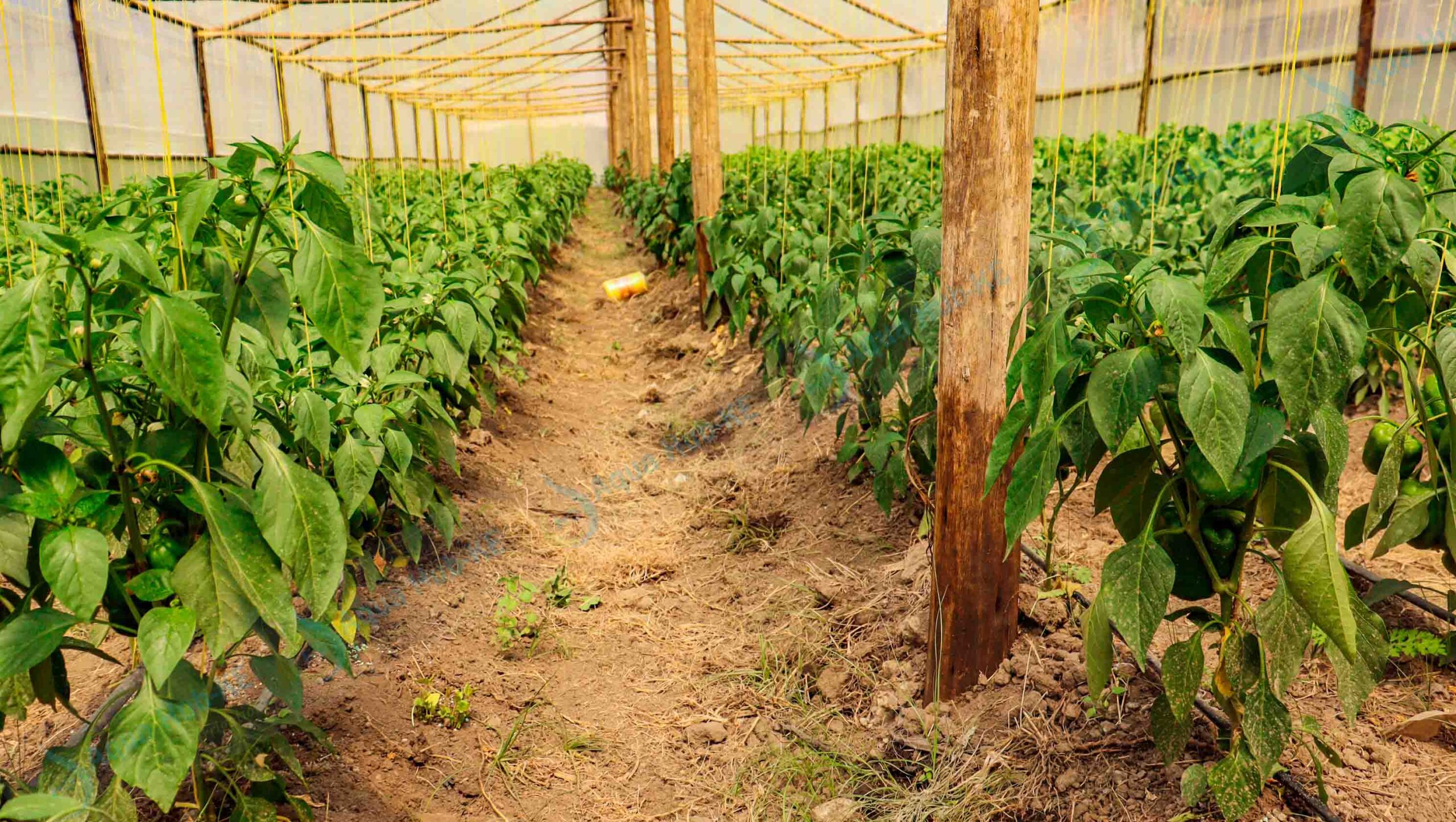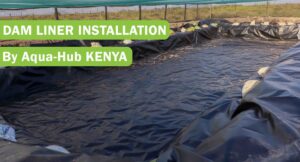Greenhouse cultivation is a game changing agricultural venture with proven high yield and returns on crop production. Because of Controlled environment there is a high potential to generate high income from variety of profitable crops grown in a greenhouse. Therefore, greenhouse farming in Kenya is a better alternative to open-field farming.
Learn how you can earn high income from highly profitable crops grown in a greenhouse environment. You can use our wooden or metallic greenhouses at affordable costs.
Call 0790719020
Why are these Profitable Crops Grown in a Greenhouse?
Greenhouse crop cultivation is on a trajectory and many people are seeking alternative growing solutions due evolving weather conditions. Here are the reasons why greenhouses are becoming reliable options.
- Controlled Environment: Greenhouse space is of optimal growing conditions and protects crops from pests and diseases thus reducing loss.
- Year-Round Production: Unlike seasonal open-field farming, greenhouses allow you to cultivate crops continuously, ensuring a steady income flow.
- Higher Yields & Quality: Optimized conditions lead to healthier plants, faster growth, and significantly higher yields per unit area. This also translates to better quality produce that fetches premium prices.
- Efficient Resource Use: Drip irrigation and other controlled systems minimize water wastage and optimize fertilizer application, making it sustainable and cost-effective in the long run.
- Market Advantage: Greenhouse crops produce often has a longer shelf life and more appealing appearance, giving you a competitive edge in both local and export markets.
Highly Profitable Crops Grown in a Greenhouse Environment
Tomatoes

Tomato varieties such as indeterminate tomatoes are known to be among the most profitable crops grown in a greenhouse. Due to their use in preparing delicious food, they have higher demand in home, hotels and industries.
Why they thrive in greenhouses: Tomatoes, especially indeterminate hybrid varieties like Anna F1, Tylka F1, and Rambo 1, require precise control over temperature and humidity to ward off diseases like blight and mildew. Greenhouses provide this ideal environment.
Profit potential: A well-managed greenhouse can yield up to 15 kg (or even 30-50 kg for some varieties) per plant per season. With an average selling price ranging from KES 50-80 per kg, the returns are substantial. A 240 sqm greenhouse with 500 plants can generate a gross profit of around KES 300,000 in a 15-week season.
Quick turnaround: Tomatoes mature in about 75-90 days, allowing for multiple harvest cycles annually.
Capsicum (Bell Peppers)

Capsicum, also known as bell peppers, is another star performer in the Kenyan greenhouse scene. Its vibrant colours and use as a spice and fresh vegetable ensure high market demand.
- Why they thrive in greenhouses: Capsicum prefers controlled temperatures (20-30°C daytime, 15-20°C nighttime) and a soil pH of 6.0-7.0, conditions easily maintained in a greenhouse. This protection also makes them less prone to diseases.
- Profit potential: Capsicum can yield 10-15 kg per plant in a season, and with good market prices, it’s a highly profitable venture.
- Longer shelf life: Greenhouse-grown capsicum tends to have a longer shelf life, which is a big plus for market access.
Cucumbers
Cucumbers are a fantastic choice for their rapid growth and continuous harvesting cycle, making them a consistent income generator.
- Why they thrive in greenhouses: Cucumbers grow very well vertically, maximizing space within the greenhouse. They are also fast-growing, reaching maturity in 45-60 days.
- Profit potential: High yield potential of up to 15-20 kg per plant per season, coupled with steady demand from hotels, restaurants, and supermarkets, makes cucumbers a lucrative option.
- Low maintenance: In a controlled greenhouse environment, cucumbers require relatively minimal maintenance.
Strawberries
Strawberries are gaining immense popularity among Kenyan farmers due to their high market prices and adaptability to greenhouse conditions, especially in hydroponic systems.
- Why they thrive in greenhouses: Greenhouses allow for year-round strawberry production and protect the delicate fruits from pests and adverse weather. They require minimal space and thrive with sufficient water supply, making them ideal for vertical or hydroponic setups.
- Profit potential: Strawberries fetch premium prices and can yield 2-3 kg per plant per season. Varieties like Chandler and Albion are preferred for their size and sweetness.
- High demand: Their delicate flavour and appealing appearance create a strong market demand.
Leafy Greens (Lettuce, Kale, Spinach)
For a quick turnaround and consistent demand from health-conscious consumers, leafy greens like lettuce, kale, and spinach are excellent choices.
- Why they thrive in greenhouses: They have a short growth cycle (30-45 days to harvest for lettuce, 8-12 weeks for kale) and are well-suited for hydroponic or vertical farming systems within a greenhouse. This allows for multiple harvests annually.
- Profit potential: Their consistent demand in local markets and supermarkets ensures quick sales and good returns.
- Easy to manage: Generally easy to plant and manage, making them suitable for beginners.
Herbs (Basil, Rosemary, Mint, Coriander)
Herbs are high-value crops with a niche market in supermarkets, restaurants, and even pharmaceutical industries.
- Why they thrive in greenhouses: Greenhouses provide the ideal controlled environment to cultivate a consistent supply of fresh, high-quality herbs, which often command premium prices. They can also be grown in small spaces, especially with hydroponics.
- Profit potential: Their high market value and continuous harvesting potential due to their perennial nature make them highly profitable.
- Diversification: Growing a variety of herbs can create a diversified income stream.
Mushrooms: Small Space, Big Returns
Mushroom farming, particularly in controlled environments like greenhouses, has seen a significant surge in profitability in Kenya.
- Why they thrive in greenhouses: Mushrooms require specific humidity, temperature, and light conditions that are easily regulated in a greenhouse. This also helps protect them from pests and diseases.
- Profit potential: Mushrooms are a trendy choice in cities, valued for their health benefits and unique taste, leading to high returns from a relatively small space.
- Rapid growth: Certain mushroom varieties have a fast growth cycle, allowing for quick harvests.
Strategies for High Yield of Profitable Crops Grown in a Greenhouse
While the potential is clear, success in greenhouse farming in Kenya hinges on a few crucial factors:
- Market Research: Before planting, thoroughly research your target market. Who will buy your produce? What are the prevailing prices? Establish contracts with buyers like supermarkets, hotels, and restaurants.
- Quality Seeds & Seedlings: Invest in high-quality, disease-resistant hybrid varieties suited for greenhouse cultivation.
- Proper Management: Greenhouse farming requires specialized skills in climate control, irrigation, pest and disease management, and nutrient feeding (fertigation). Continuous learning and expert advice are invaluable.
- Water Management: Implement efficient irrigation systems like drip irrigation to conserve water, a precious resource in many parts of Kenya.
- Initial Investment: While profitable, setting up a greenhouse involves an initial capital outlay for the structure, irrigation systems, and climate control. Plan your finances carefully. A basic small-scale greenhouse (8m x 15m) can cost around KES 165,000-195,000, excluding recurring costs.
- Pest and Disease Control: While greenhouses reduce external threats, internal pest and disease issues can still arise. Implement integrated pest management (IPM) strategies.
- Crop Rotation: Even in a greenhouse, practicing crop rotation helps prevent soil depletion and pest buildup.





